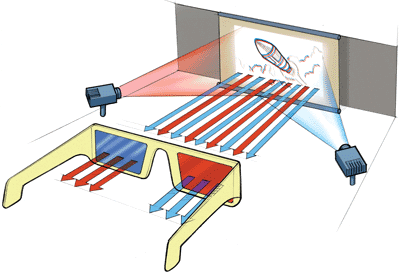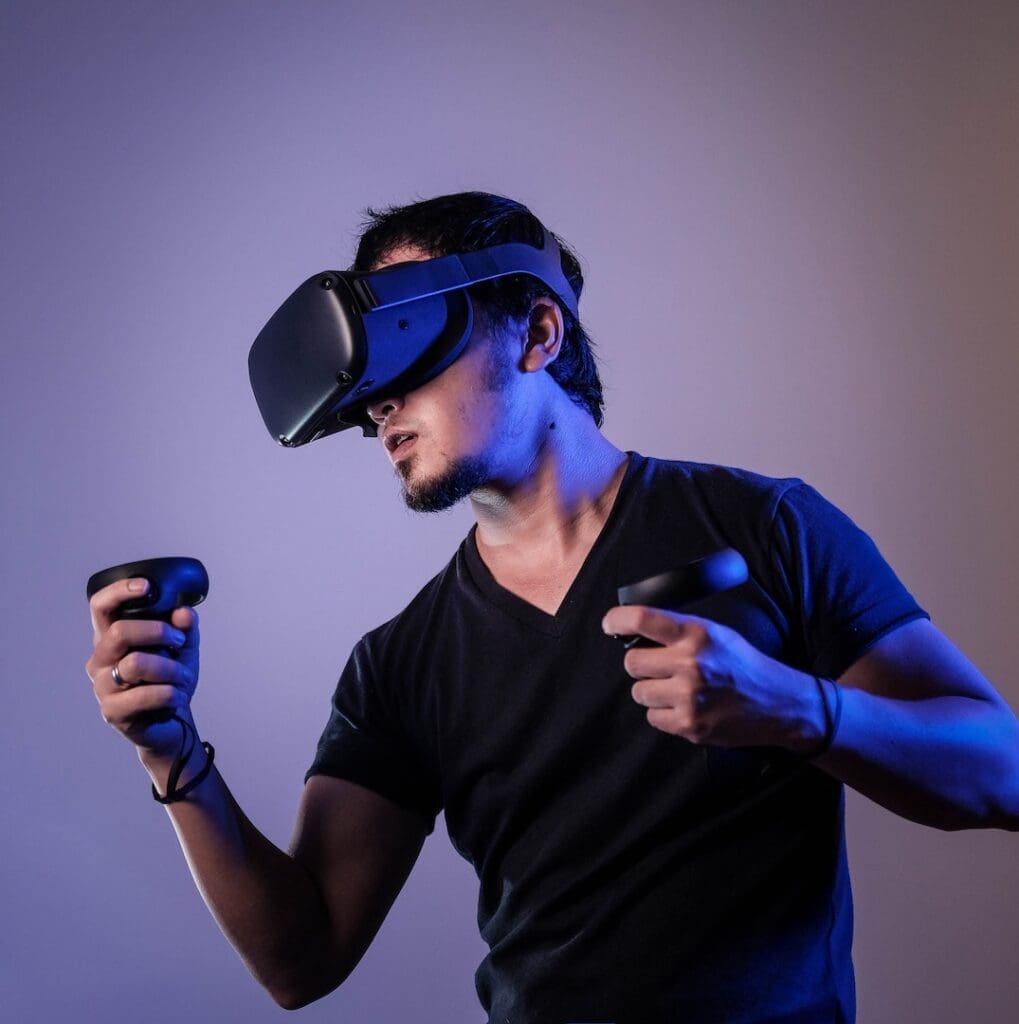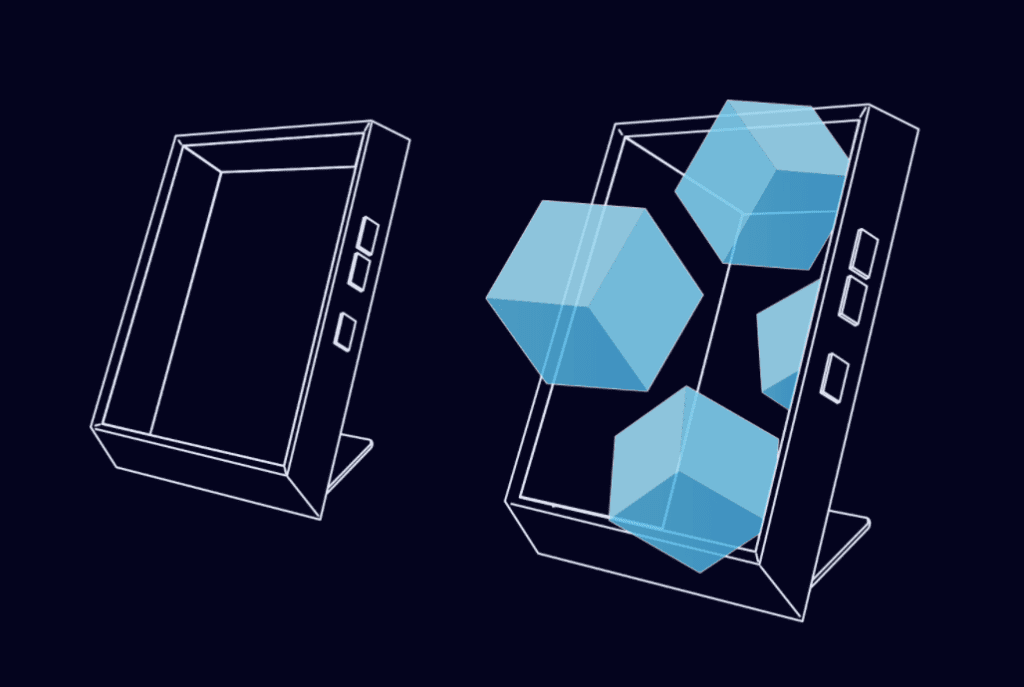Where nostalgia and fondness for the future collide – The world of 3D video content

3D video content – a topic that can easily be perceived through the polarized lenses of mockery & failure or innovation & success. Depending on your generation, 3D video content might yield a completely different perception; for some, they’ll remember 3D content as a novelty (yet nostalgic) theatrical experience where you would put on those plastic red/green glasses to view content “pop-out” from your local screen. Others will think of 3D video and chuckle at their experience viewing the wonderfully terrible, My Bloody Valentine 3D, the first-ever R-rated film projected in RealD technology. Yet, more recent memory might bring forth nostalgia around the failed attempt at consumer 3D televisions or James Cameron’s record-breaking, industry innovating Avatar.
Although recent memory of 3D consumer content might not resonate well with most audiences, there have been many groundbreaking developments in the past few years with the rise of web-based VR content and consumer-friendly devices like the Oculus VR and VR-enabled apps on personal devices. So how did we get where we are today, and where is the future of 3D video content heading?
Where does 3D Video content originate?
First Generation 3D
Would you be surprised if I told you that 3D “video” technology is just over 130 years old? The very first iteration of viewing 3D video originates from stereoscopic viewing of two side-by-side projected images in the late 1890s. Although not widely adopted, this was the “futuristic” method of 3D content until 1915, when the tried and true red-green anaglyphic method was developed, where each eye’s image was encoded using chromatically opposite colors to trick the brain into perceiving a three-dimensional scene. Although other methods were tested, like the German Alabastra and Kinoplastikon technologies, the stereoscopic 3D video remained within the consumer market until late 2002.

The late 1920s and early 1930s yielded further 3D video experimentation with holographic content by Polaroid, using the Stereogram method, where instead of eye encoding tricks, “polaroid” filters were used during the filming process to emulate a stereoscopic experience. Viewers were of course still subjected to the favorite red-green eyeglasses experience, but the quality of the film improved. Unfortunately, though, any further development on 3D video was abruptly halted due to WWII.
Despite a resurgence in the popularity of 3D video in the early 1950s in the form of film, it was very short-lived, as new technologies were no longer being developed, and theaters weren’t willing to deal with the cost, maintenance, or process to continue projecting the content. As most readers are well aware, this wasn’t the death of the 3D Video content, but roughly a 40 year-long hibernation period before the latest innovation appeared, the RealD IMAX experience of the early 1990s, where the iconic red-green stereoscopic glasses were replaced with the nearly forgotten polarized technology.

Second Gen 3D
The early 2000s yielded great technological advancements in the space of circular polarization to replace the stereoscopic experience. RealD and MasterImage 3D systems were developed alongside sophisticated IMAX 70 mm projects and cameras. This new experience was and continues to be used for theatrical releases to date, albeit, no longer creating a fully “jump out of the screen” experience but to yield a more immersive depth-of-field experience.
This brings us to the near-present stage of 3D video content, where multi-media conglomerates have attempted to move 3D out of pure theater experience and into a user’s home as a consumer product. Consumer electronic-producers like Samsung, Sony, LG, and Panasonic came to market as early as 2007 with in-home friendly 3D devices. Unfortunately, these consumer electronics never ended being very “in-home friendly” as there a serious lack of available, the 3D experiences were nowhere near the experience you received at a theater, the tech was not very user-friendly, and worst of all, it was expensive; Different manufacturers backed different 3D TV formats and technologies, meaning one set of glasses wouldn’t necessarily work on a competitor’s set. 3D video content felt dead once again…
Where does 3D Video content (fit) stand today?
Next-Gen 3D
Innovated content mediums rarely stay “dead” for too long – what we now know as 3D, especially from a personal consumer perspective, started to re-emerge in popularity. One of the first movers in this next-gen 3D video content space was the 2012 virtual reality headset creator Oculus, which released its first iteration of the Rift virtual reality headset as a means to enhance video gaming experiences. After Oculus’s acquisition by Facebook, it increased its investment into video streaming and mixed reality, while continuing to grow its core gaming offerings.

Oculus (re)started interest in 3D content with its affordable, consumer-oriented, and reasonable quality headsets, followed quickly by Google, HTC, Valve, Samsung, and others as mobile gaming companies join in on the VR and AR experience development, each with its own support for 2D and 3D video streaming.
More recently, Looking Glass released holographic displays, now breaking records with their new Kickstarter ending January 2021 for a consumer-priced personal edition. Sony entered the space in 2020 with a $5k eye-tracking display to project holograms without a headset.

On the creation side, Apple’s new premium iPhone and iPad models include solid-state LIDAR sensors for instant, accurate, high-quality 3D scene reconstruction, while us mortals with older hardware can still author 3D content with AR-powered social media apps like Snapchat and Instagram.
Demand is higher than ever for a cross-functional, open-source, efficient, and performant mechanism to transmit 3D video content. With the acceleration of innovation for both authoring and consumption of 3D video content, how will the 3D video streaming ecosystem evolve to support these complex and wide-ranging use cases?
Where is 3D Video Content heading?
Consumers are seeking new ways to enjoy higher and higher quality experiences, the older models of 3D, VR, or AR content can’t be blocky, in low resolution, or with high latency. But not all 3D content is created the same, and different techniques have strengths and weaknesses for various situations.
Here is an overview of a few key strategies for transmitting 3D “hologram” content:
- Point clouds
- Multiview
- Streaming scene graph (such as dynamic animated mesh with texture streaming)
Astute readers might ask, where are 360º or stereoscopic formats on this list? Wide field-of-view (such as 180º or 360º) and stereoscopic (3D side-by-side, etc.) are usually mapped to a 2D video container and codecs which can use traditional video compression toolsets with mature solutions from Bitmovin and other providers.
ATHENA at the Forefront
Bitmovin is one of the key contributors in cutting-edge research across all of these key strategies (point clouds, multiview and scene graph streaming) thanks to both Bitmovin internal R&D as well as ATHENA, our innovative joint research program with Alpen Adria Universität in Klagenfurt, Austria.
Stay tuned for our next series of blog posts on this topic as we explore ATHENA research work on some of the key 3D content transmission strategies we’ve outlined in this blog post.




